Afghankhwa — a situational analysis
As a historic constant, Afghanistan has traditionally endured a contest between Pashtunwali and Islam

True to its dynamics, Afghanistan keeps Afghan watchers and Afghanologists busy. If the recent events in the country and the adjoining Pakhtunkhwa and Balochistan — collectively referred as Afghankhwa — are any guide, Afghanistan is at the cusp of major changes. Winston Churchill's 1939 famous description of Russia as "a riddle wrapped in a mystery inside an enigma" would fit today's Bakhtar or greater Afghanistan.
First, having assumed power militarily in August 2021, IEA, the Islamic Emirate, had consolidated power, which is becoming more diffuse now. The once longstanding divide between the ideological Qandahar in the north, firmly under the venerated Moulvi Haibatullah Akhundzada and the Taliban Movement; and the more pragmatic Loya Paktia in the south resolutely under the Haqqani influences, have more fault-lines now. The movers and shakers in Qandahar, among them, are showing frustrations and signs of discontent and divide on key issues like relations with Pakistan, the TTP, economy and social initiatives like the girls' education, for example.
As a historic constant, Afghanistan has traditionally endured a contest between Pashtunwali and Islam. Both mostly complement each other, but when divergent, girls' education and the women right to work etc for example, Pashtunwali wins. It is also important to know that politically, a monarchy sanctioned by tribal federalism could; and IEA sanctioned by religious authority can, presently, hold Afghanistan together. The alternative is chaos and instability. The competing sociological influences would align and re-align stakeholders in a constant struggle for power and dominance for 'ostensible' peace and stability.
Second, the non-recognition of the interim regime, operating outside the international banking system, and under relative diplomatic isolation (notwithstanding the Chinese and Russian provided succor), a barely sustenance economy, chasm with Pakistan, and the deluge of citizenry being repatriated from Iran and Pakistan are creating unique and hard challenges of governance and statecraft for the IEA, which is hardly schooled to deal with these modern-day administrative issues.
Third, corruption is, reportedly, seeping across IEA rank and file and the issue has necessitated dual chain of command at important ministries and organisations, leading to the appointment of deputies. The Qandahar shura, despite overt deference to the venerated Haibatullah Akhundzada, remains noisily divided on the 'state of the nation', to borrow from the US political vocabulary. Money, despite earnest collection of levies, taxes and duties, remains short to deal with repatriating expat citizenry, who see no hope and no future in the land of their elders and are mostly unprepared for life in Afghanistan, for which they remained traditionally unconcerned. Because most of these returnees were born and raised in Iran and Pakistan.
Fourth, Afghanistan is vastly rural, and rural hinterland and urban Centre have traditionally clashed for dominance, with rural Afghanistan winning the contest in the long run, despite the governing apparatus holding on to the cities. This truism, just like the Soviet invasion in the 1970s, and the Western occupation since 2001, afflicts present-day IEA. Today, rural Afghanistan is economically stressed, socially restless and politically angry at the IEA for non-deliverance after the much awaited, cherished and hard-won independence; for which rural Afghanistan provided the political backbone, resources, logistics and manpower. Most savvy rural Afghans across the nation irrespective of ethnicity have started remembering with a sense of romanticism and regret, the relative affluence under foreign occupation. Yes, despite and because of the foreign occupation, the dollars kept coming, and money was in such plenty that the Afghan economy could not productively absorb it. Additionally, the citizenry did not have the present-day restraints and constraints, like the dwindling job opportunities, social curbs and banning of girls' education (reportedly their religious education as well).
Fifth, it was in these columns that one had opined that the TTP variable, overtime, would become a 'bone stuck in the IEA neck', difficult to cough up and not easy to swallow. Ideally, early handling and possible resolution of thorny issues brings greater dividends. Issues left unattended can become festering wounds. TTP is now cancerous that would take its own time to disappear. On Pakistan's pressure, families of the TTP rank and file are relocated by the IEA to the northern provinces, away from geographic contiguity with Pakistan. Afghans joining the TTP now face more curbs, and some TTP recruiters (enlisting Afghans) are also apprehended. But IEA is increasingly becoming incapable of dealing military with TTP. Kunar and most Loya Paktia are under TTP's sway, like the adjoining Bajaur and pockets in the Waziristan districts of Pakistan. Mosques are their known bases of operations. For Kabul, robust, military action to restrain TTP is increasingly becoming distant, as younger TTP cadre with due support of Afghans, tacit approval within IEA, and local support in tribal districts of Pakistan, is becoming formidable.
Although in sociological analysis, as previously argued, the TTP issue will resolve itself overtime, its negative fallout will affect peace and stability on either side of the International Border. TTP support and collaboration with BLA complicates an already difficult situation. Though both entities together will not be able to overwhelm Pakistan's punitive response; run upto a distant resolution will bring a lot of violence in its wake, embroil Pakistan militarily, create economic stress, engender instability and usher-in political polarisation. Those Afghanologists who clamour to let Afghanistan be a sovereign state need to take some sobering reckoning. However, as a possible silver-lining, relocating TTP families away from the contested areas inside Afghanistan, enhances Pakistan's liberty of action with (preferably) or without IEA's connivance.
Sixth, the younger, disenfranchised TTP cadre joining the ISIK is also an aggravating military challenge for the IEA, just like the ETIM (East Turkestan Islamic Movement), the Uighur-based Chinese terrorist group. ETIM has morphed into a political party, the resurrected Turkistan Islamic Party or TIP. Chinese Foreign Minister Wang Yi was explicit with his counterpart Muttaqi about robust IEA action against the Uighur terrorists, during recent meeting of foreign ministers in Kabul on August 20, attended by Pakistan's Ishaq Dar. Mining, especially for rare-earths, possible inclusion of Afghanistan in BRI and rapprochement with Islamabad, were Wang's other priorities during the visit.
Alignments on the political chessboard herald major changes in and around Afghanistan, with variables affecting timelines.

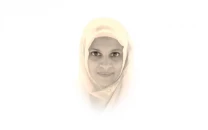

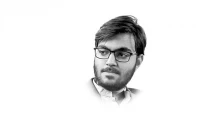
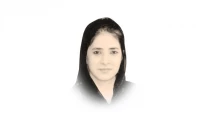
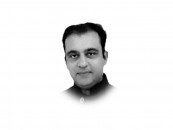
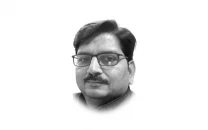



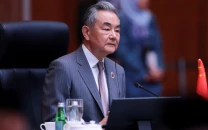

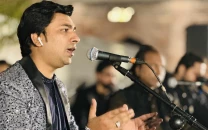
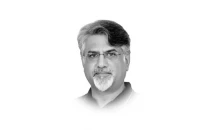
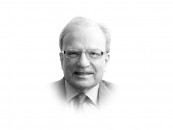
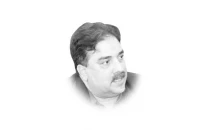
COMMENTS (4)
Comments are moderated and generally will be posted if they are on-topic and not abusive.
For more information, please see our Comments FAQ